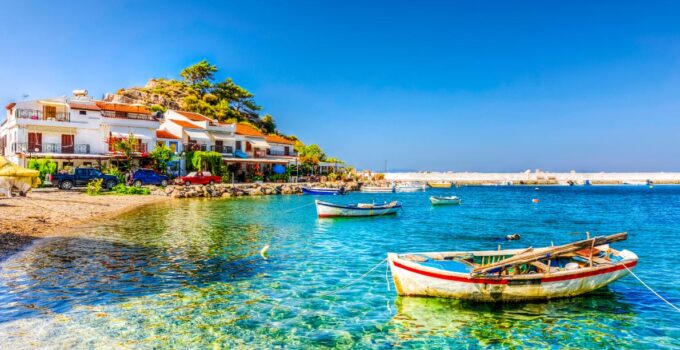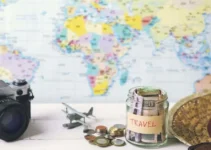Many of us are thrilled with the news that travel for leisure can resume, and while there’s a ‘traffic light system’ in place, holiday destinations have never looked better. Of course, there is a catch — day 2 and 8 tests will be compulsory but this finally means we can get holidays booked again. So, if you’re hoping to plan a getaway, we’ve rounded up the holiday destinations with the lowest coronavirus rates below!
What is the traffic light country system?
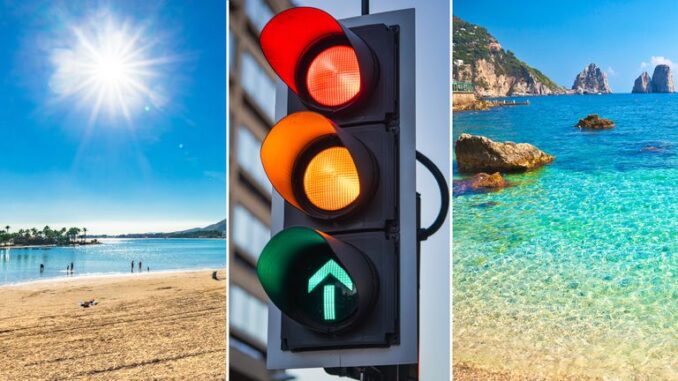
Source:news.sky.com
The ‘traffic light system’ was created in order to organise countries based on their coronavirus rates in 2024. At any point, a green listed country could change to amber and vice versa. Each colour means different rules in terms of testing and quarantine periods. If you travel to a green listed country, you will be required to take a COVID-19 test before you depart that must be negative, as well as one PCR test on day 2 of your arrival back in the UK. So long as your result for the PCR test is negative, you will not need to take another and you can end quarantine.
Of course, as the coronavirus pandemic continues to unfold, so too does the travel situation. The British government have announced plans to revisit, review and update the list every 3 weeks — but in the event of an emergency, a new strain or a significant urgent rise in transmission rates, it will be changed sooner.
The traffic light system at present only conveys travel advice relating to COVID-19. There may be other travel advice and/or restrictions relating to security concerns as issued by the Foreign Office. It should not, therefore, be assumed that a country on the green list is automatically a safe holiday destination, and further research should be carried out before any travel is booked.
The government’s traffic light system only relates to outbound travel and does not reflect any other country’s own border stipulations or regulations. This has led to some countries being ranked as green by the UK government even though their borders are closed to visitors from the UK. Again, research must be carried out before any arrangements are made.
The Green List Countries
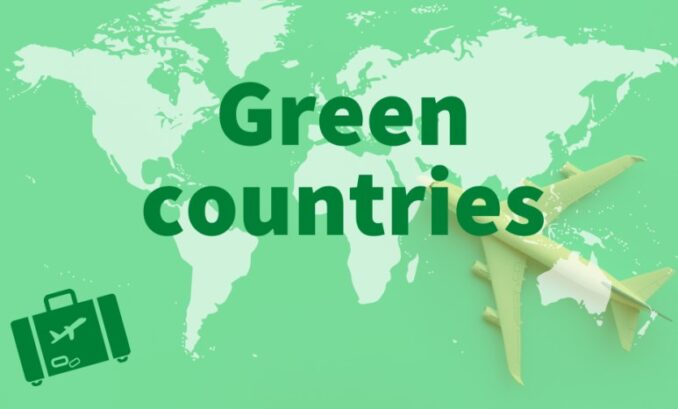
Source:gov.il
There are 12 destinations on the green list of countries to potentially travel to for a holiday. And, while you’ll be able to freely travel to these destinations, you will still be required to take tests before departing and when arriving in the UK. Many airlines are already releasing ads for the countries you can travel to when you book with them. If you haven’t seen the list already, here they are:
- Portugal
- Israel
- Singapore
- Australia
- New Zealand
- Brunei
- Iceland
- Gibraltar
- Falkland Islands
- Faroe Islands
- South Georgia and the South Sandwich Islands
- St Helena, Tristan de Cunha, Ascension Island
Can countries on the green list change?
In short, yes. The green listed countries could change to amber or red status depending on coronavirus statistics and vice versa — other countries could be changed to green. The government is reviewing data every 3 weeks, which will mean regular updates to the list over time. It is not unlikely that green listed countries will change to an amber status should coronavirus rates in those locations rise.
What are the testing requirements for travel?
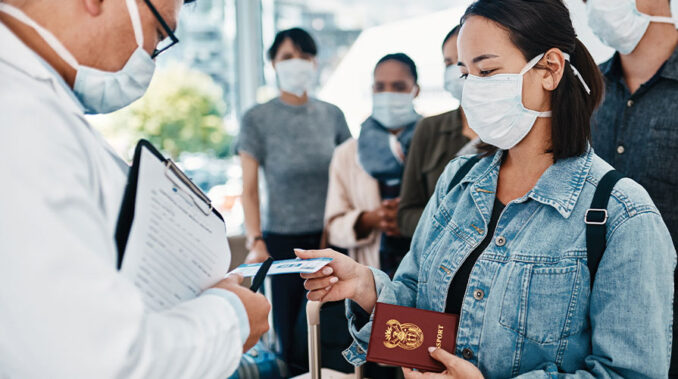
Source:tasb.org
If you choose to book a holiday abroad, you will need to take a COVID-19 test before you depart. You will also need to book and pay for two PCR tests before you return to the UK as per the rules set out by the government. It’s also important to remember that just because a country is on the green list, you still may not be able to enter the said country. As it stands at the time of writing, Australia, New Zealand, and Singapore are not allowing tourists to enter.
The day 2 and day 8 tests to be taken upon return to the UK are standard coronavirus tests with variant detection included to help monitor infection changes. The day 8 test can not be supplied in advance and will be sent out on day 6 or 7.
Is quarantine essential?
For those that do go on holiday abroad, a quarantine period is required upon your return to the UK. If you return from certain countries (those on the red list), you will need to spend your quarantine in a hotel rather than at home. Hotel stays can be expensive, especially if you spend the period in London. Designated red list countries are commonly in the following areas: South Africa, Brazil, and India. If you pay for a private test to release scheme, you may be able to end your quarantine earlier, however, this isn’t guaranteed.
If an individual is returning from a red list country, they will only be permitted entry into the UK if they are a British resident, Irish resident or hold residency rights. In these cases, they will be immediately escorted to their hotel quarantine once passport checks have been completed, any forms signed or declarations made and all luggage has been collected. In order to depart from the UK, proof of the hotel quarantine being planned, booked and paid for must be provided. The hotel quarantine can not be at any hotel of the individual’s choosing, but must be at a government-approved venue.
Those returning from green list countries have the least quarantine requirements, and are able to leave their home freely again if their day 2 test is returned with a negative result. However, this is subject to change and as with all quarantines, random checks are carried out by police and government officials to ensure adherence to the legal guidelines.
How long is hotel quarantine?
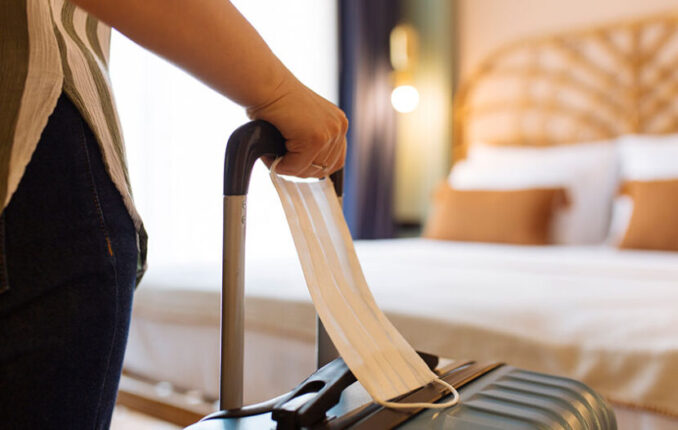
Source:travelweek.ca
If you are required to quarantine in a hotel, you must spend 10 days isolating yourself in total. You can take a test to release on the 5th day of your quarantine but no earlier.
You can book day 2 and 8 tests from Medicspot, Agilis, Clinicare UK, The Acorn Pharmacy and a number of other government-approved providers across the UK. To find out more, visit the government’s testing guidance advice page.


